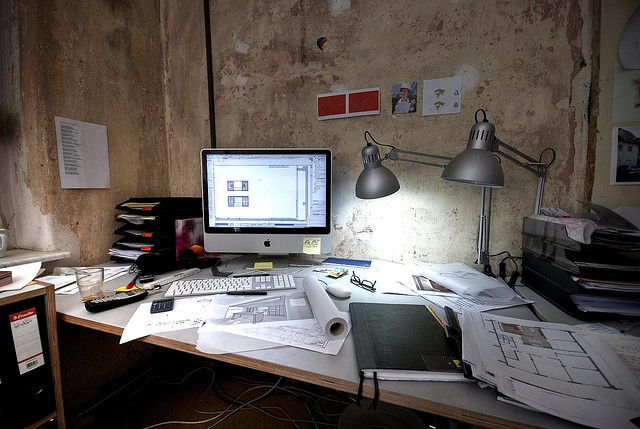READ: Documenting Evidence
Photographs and Videos
Photographs and Videos
Photographs are also taken of the scene at three different levels: overview, mid-range, and close-ups. Overview photographs show the entire scene. These photographs should show all areas of the scene including indoor and outdoor areas, entrances and exits, and any other areas of interest. They should be taken from a distance and should help a person to be able to recreate the scene using the photographs. The purpose of the overview photographs is to show the whole scene as best as possible and to show how the evidence was positioned in the scene. It is a good idea to overlap areas in the photographs so that it can clearly be seen how the room or the outdoor area fits together.

Medium-range photographs show significant areas of the scene. These areas typically include the center of the scene where the actual crime took place. They are closer up than the overview photographs, but still show a wide area. Medium range pictures should also be taken of all pieces of evidence that have been identified. The evidence marker should be shown in the picture so that the number can be identified.

The last types of photographs taken are typically the close-ups of each piece of evidence. These pictures show the details of the evidence. They should include a scale that will help others understand the size of the evidence. The scale is like a special ruler that includes units of measurement. The scale should be placed next to the evidence, but not close enough to disturb it or alter it in any way. Close-up pictures should be taken both with and without the scale and the evidence marker.

Care should be taken to ensure that all pictures are of good quality. This means that the photographer should be familiar with the camera so that they can adjust the lighting and the lenses if needed. Both film and digital cameras are used in photographing crime scenes. There are also different techniques and filters that can be used to photograph different types of evidence such as impressions, bloodstains, and fingerprints.
Video cameras are also used to record crime scenes. The advantage of using video cameras is that the footage can give others a better sense of the layout of the scene. The investigators can also talk during the recording or record notes and add them to the footage later. Recording with a video camera sometimes does not produce images that are as clear due to the person moving with the camera, so photographs are still important.